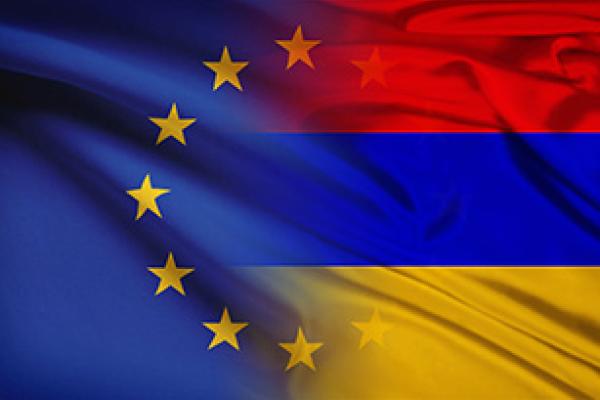Latest News

Today, in Yerevan, the European Commission and the Republic of Armenia announced the start of a visa liberalisation dialogue. This process aims to support Armenia in achieving a visa-free regime for short-stays with the EU...

Following yesterday’s acknowledgement by the Foreign Affairs Council, the Commission is launching a dialogue on visa liberalisation with Armenia. This process will support Armenia in its long-term goal to achieve a visa-free regime with the EU.



